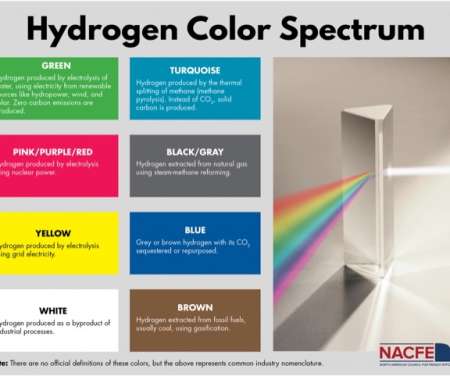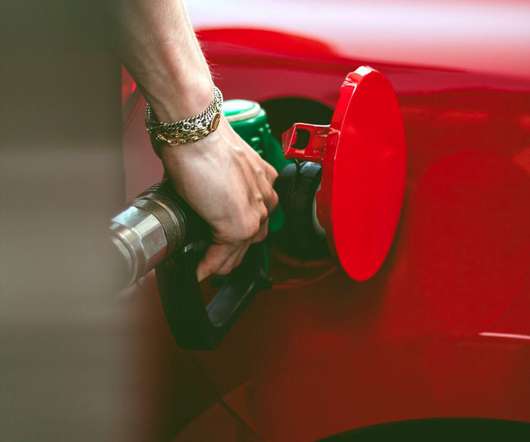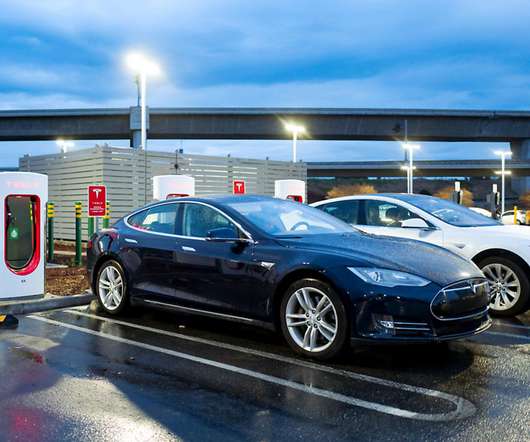Study finds renewable fuel mandates alone not likely to lower carbon intensity of biofuels; the importance of localized LCAs and optimized low carbon fuel standards
Green Car Congress
NOVEMBER 19, 2011
Ultimately, the authors suggest, states can encourage the reduction of fuel GHG emissions by developing policies, such as a low carbon fuel standard (LCFS), that encourage incremental improvements in corn ethanol in the short term and in the medium term by switching to cellulosic-derived fuels.





















Let's personalize your content